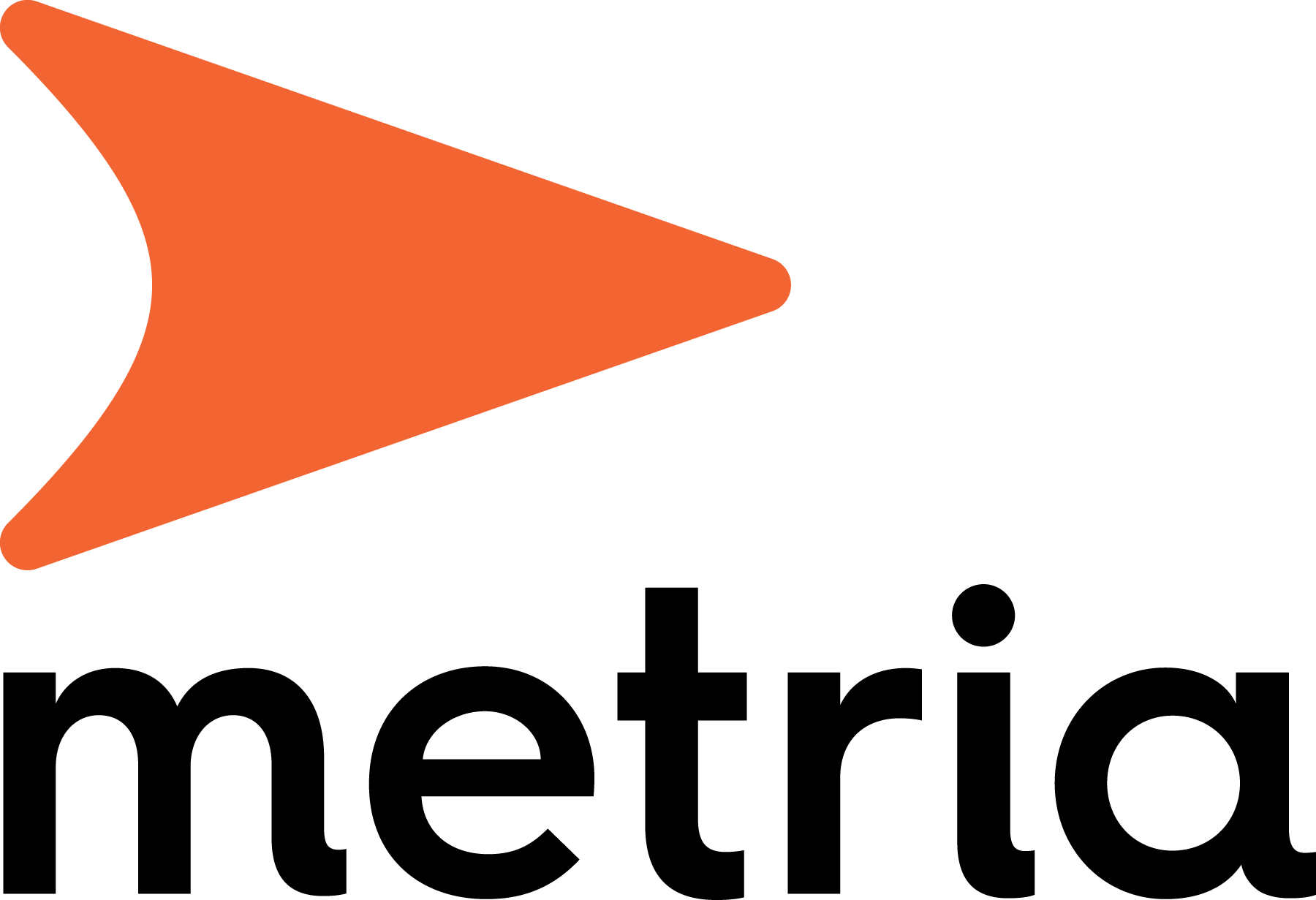Organizations that manage the transition to a sustainable society and sustainable technology are tomorrow's winners. To achieve the Swedish Parliament's target of zero net greenhouse gas emissions by 2045, all sectors of society need to contribute.
Cooperation and collaboration, both nationally and internationally, are key to success. Access to high-quality, up-to-date data is a key component for stakeholders to have a common basis for decision-making and to be able to implement and monitor environmental objectives.
AI and GIS provide new knowledge
Artificial intelligence is one of today's most disruptive trends affecting all industries. Large amounts of data, new tools and faster processors enable entirely new applications. Like GIS, AI and machine learning are fundamentally about making better use of large amounts of data. Metria has developed AI models that combine large amounts of data from both businesses and the outside world. One example is for the forestry industry, where we have trained neural networks to identify where the need for thinning is greatest or where the risk of trees being attacked by insect pests is highest.
Risk assessments and protection
Metria's vision is to visualize reality to create a sustainable society. With the help of geodata analysis, both society and companies can make decisions in line with ecological sustainability and ensure that our common resources are sufficient for future generations.
Examples of questions that we help companies and the public sector with our data and analyses are
- Where are wetlands we can restore?
- Where do wind turbines have the best effect?
- How do today's decisions affect tomorrow's water supply?
- Where is there the greatest risk of forest fires?
Did you know that...
- 15% of Sweden's total land and freshwater area is formally protected
- The average distance of the population to protected nature is 2.1 kilometers
- The population of Stockholm County had the shortest distance, at 1.2 kilometers. The population of Norrbotten County had the longest average distance, at 3.7 kilometers
- The population of Nacka municipality had the shortest average distance, with 600 meters to protected nature. Residents of Vilhelminas municipality had the longest distance, with just over 8 kilometers.


